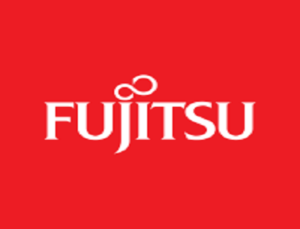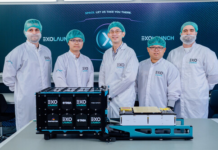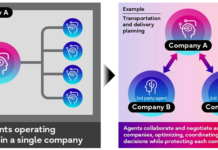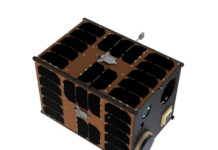Fujitsu Limited and the Indian Institute of Science (IISc) announced the commencement of joint research into the development of software technology for accelerating reaction-diffusion simulations.
The collaborative research, which commenced officially on October 1, aims to develop and validate novel algorithms for processing complex real-world problems more efficiently. By implementing widely used reaction-diffusion models onto graph networks, the project seeks to significantly accelerate simulations, such as those for chemical reactions and smart grid power demand. Leveraging the unique capabilities of Fujitsu’s power-efficient, high-performance Arm-based CPUs from the FUJITSU-MONAKA series, the goal is to deliver software that enables faster reaction-diffusion simulations with reduced power consumption by fiscal year 2030.
Building upon the results of this research, IISc and Fujitsu will continue to contribute to the realization of a sustainable society by building trust in society through innovation, utilizing the FUJITSU-MONAKA series to tackle various societal challenges.
Overview of the joint research
Reaction-diffusion systems mathematically model local chemical reactions and their diffusion, finding broad application in natural sciences like physics, chemistry, and biology. While traditionally described by partial differential equations, the complex interdependencies of many real-world systems are often better represented by networks, making standard differential equation solutions challenging.
This joint research aims to develop algorithms capable of implementing reaction-diffusion systems on graph networks to model diverse real-world phenomena. This new algorithmic approach is expected to enable rapid demand forecasting in smart grids, thereby maximizing renewable energy utilization and contributing to CO2 emission reduction.
Additionally, the project will develop software to efficiently run this new algorithm on Arm CPUs, specifically optimizing it for Fujitsu’s power-efficient, high-performance Arm-based FUJITSU-MONAKA series. This graph network-based solution is ideally suited for CPU processing, and leveraging FUJITSU-MONAKA is expected to reduce power consumption for demand forecasting and enable real-time capabilities.
Roles and responsibilities
In this joint research, Fujitsu and IISc will define requirements cooperatively. IISc will lead fundamental theoretical research, proposing new algorithms and computational methods. Fujitsu, alongside Fujitsu Research of India Pvt. Ltd. (FRIPL), will then implement and test these outcomes to develop a software framework meeting industry standards.
IISc
- Establishment of graph network algorithms and computational methods for reaction-diffusion models.
- Fundamental theoretical research to develop optimal software for FUJITSU-MONAKA.
- Provision of mathematical and engineering expertise for research and development.
- Implementation and evaluation of newly established algorithms and computational methods into a software framework.
- Development of optimal software for FUJITSU-MONAKA.
- Provision of open-source software (OSS) knowledge and expertise for research and development.
Scheduled for release in 2027, FUJITSU-MONAKA incorporates proprietary technology and a cutting-edge 2nm process technology. FUJITSU-MONAKA will cater to a diverse, wide range of customer needs ranging from AI and high-speed simulation to data analysis. It also drives down the total cost of ownership (TCO) from deployment to operation. IISc, as a leading research institution in India, has achieved numerous innovative research outcomes. Leveraging the strengths of both institutions, this joint research aims to develop innovative software technologies, thereby significantly contributing to the realization of a sustainable society.


















